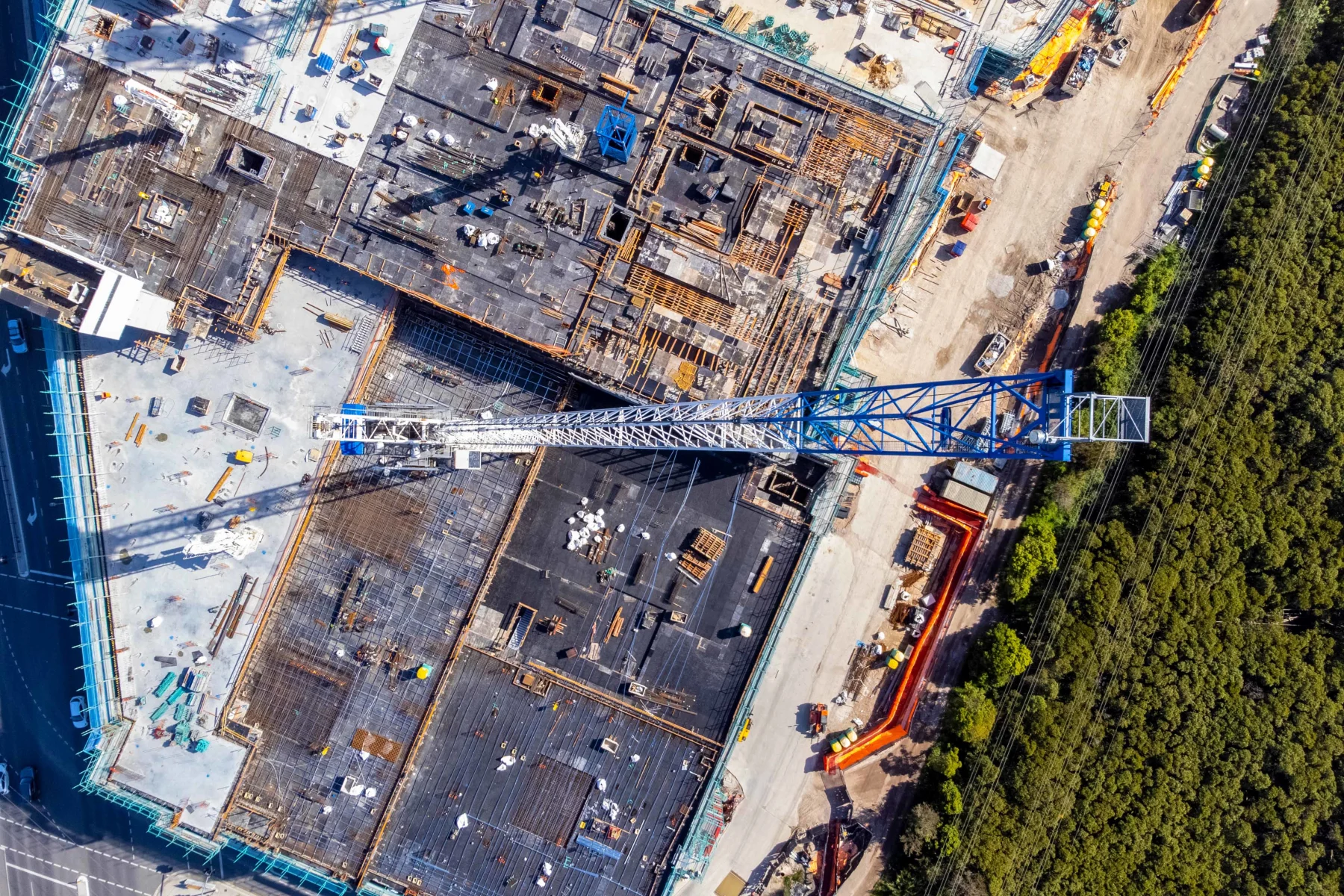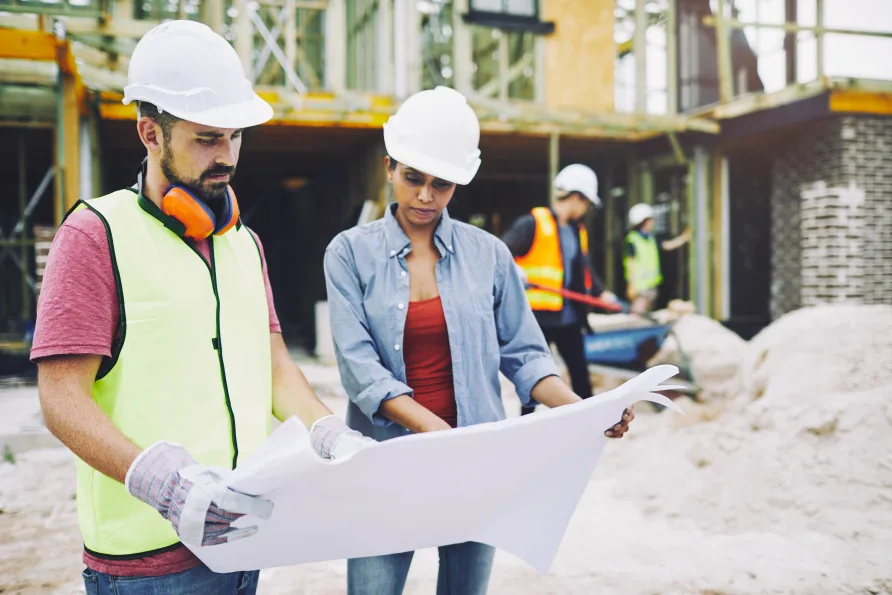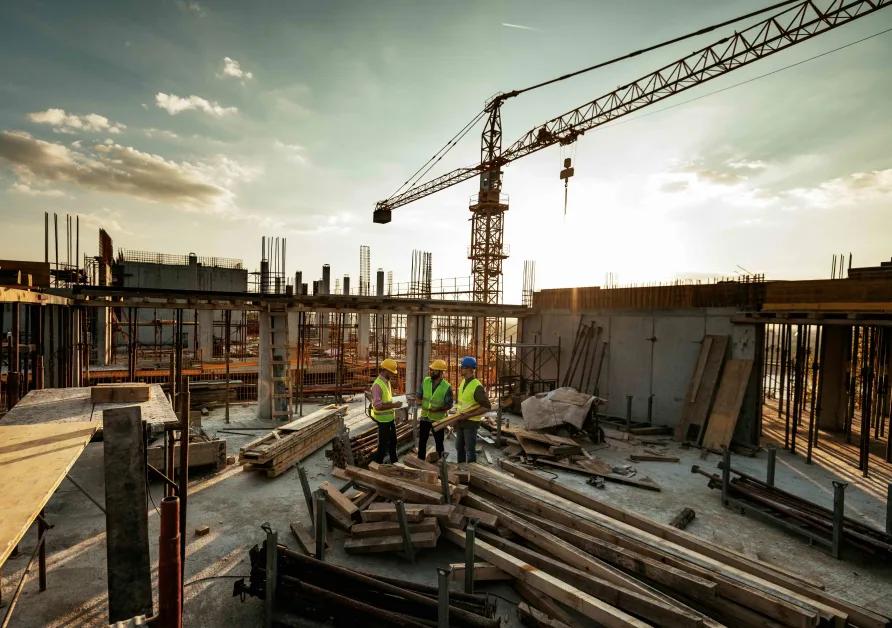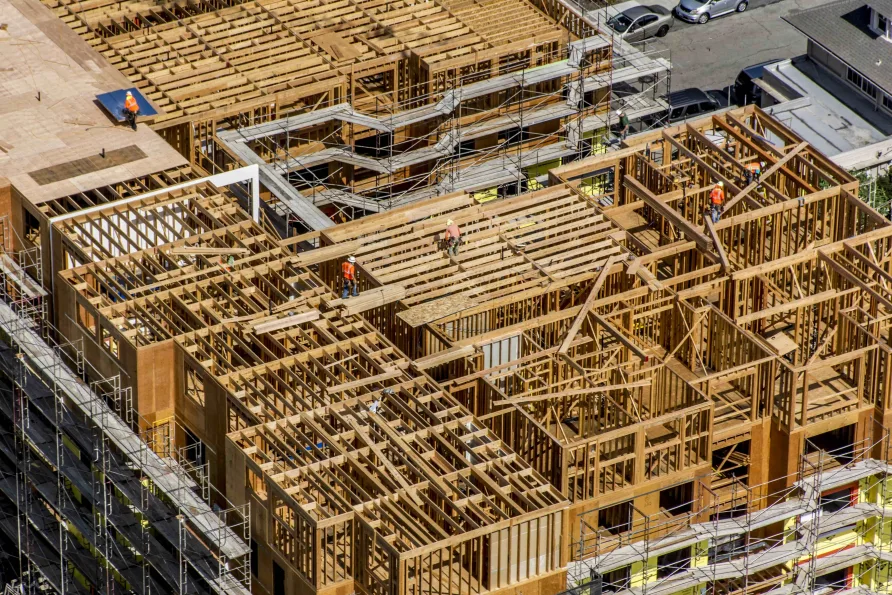
Sciences & Technology
A solution to engineering energy-saving smart materials

Financial viability alone is no longer enough, the building sector must look at its carbon budget
Published 6 May 2024
For decades, the construction industry has been largely driven by financial feasibility – focusing on cost optimisation and return on investment.
But a paradigm shift is under way, as the world’s environmental crisis intensifies and regulations become stringent. Financial viability alone is no longer enough. Projects are facing increasing scrutiny, based on their carbon footprint.

So, is the construction industry ready to build beyond financial budgets and embrace a new era of carbon-conscious construction?
While Victoria’s regulations, incentives and certifications are nudging the construction industry towards sustainable construction practices, there remains a significant gap between ambition and action.
Despite the ambition to achieve net-zero emissions by 2050, buildings are yet to be designed and delivered according to a project-level carbon budget. While there are ambitious targets, the building sector still has a long way to go to bridge the gap between this ambition and action.

Sciences & Technology
A solution to engineering energy-saving smart materials
Unlike a project’s financial budget, a carbon budget sets a limit on the emissions a project can generate throughout its entire lifecycle – from cradle to grave.
This is not an annual expense but a cumulative sum. Once the allocated global carbon budget is exhausted, net emissions must be maintained at zero.
Engineers and designers use this threshold to guide their material and design choices, and the success of this approach is then evaluated by comparing the actual project’s emission levels to the projected carbon budget at different project lifecycle phases.
While adopting a carbon budget approach is considered best practice, it is not yet an industry standard.
Our research found significant obstacles impeding progress towards this. A primary barrier is the lack of regulatory frameworks that emphasise adherence to carbon budgets.
This shortfall contributes to a lack of awareness among construction professionals about the importance of carbon budgeting and the environmental impact of their choices. Typically, short-term financial considerations are prioritised over the environmental and financial gains that could be realised in the long term.

Although choosing low-carbon options could lead to long-term financial benefits through decreased energy use and lower operational costs, these options require a higher initial outlay.
Our research found that many developers are often reluctant to bear these high investment costs due to a phenomenon known as ‘split incentives’. This is when the parties responsible for making design and construction decisions do not directly benefit from the incentives, which makes it challenging to justify the initial investment.
Typically, the benefits of energy efficiency, like reduced energy bills and building operational costs, accrue to the building’s occupants or owners over time, rather than to the developers who fund the initial construction.
So, developers may not see the immediate value in allocating additional funds to improve the building’s performance. This misalignment of costs and benefits, combined with the lack of regulatory enforcement, poses challenges for the industry in effectively adopting low-carbon solutions and implementing sustainable practices.

Building projects require the collaboration of architects, engineers, contractors and suppliers, each contributing to distinct phases of the construction process, and sticking to a carbon budget requires seamless coordination by them all.
But the absence of explicit incentives or penalties for exceeding carbon budgets, along with these coordination challenges, makes it even more complex to integrate carbon-efficient strategies.
On top of this, measuring and verifying emissions across a building’s entire lifecycle is an extra challenge.
Navigating this complex data and monitoring these procedures often leads to imprecise estimations and, in some cases, a complete lack of accurate data.

Sciences & Technology
How Australia’s prefab industry can help the housing crisis
Investors are increasingly prioritising environmental, social and governance (ESG) factors as well as financial metrics.
This shift tells us that a project’s carbon budget could ultimately outweigh its financial budget in importance.
We could see stakeholder discussions change from “What can be achieved within budget X?” to “What can be accomplished within carbon limit X?”
To do this, we need innovative solutions that reduce emissions while meeting project objectives, only then will we ensure the industry’s future success in both environmental and economic fronts.

This shift requires a balance between environmental responsibility and business viability. But additional risks on construction companies through overly stringent regulations and insufficient support will be counterproductive.
Instead, the government should encourage this shift by:
Focusing on collaborative solutions that provide clear and phased regulatory frameworks that offer businesses sufficient time to adapt and innovate;
Implementing targeted financial incentives and subsidies, like tax breaks, grants and loan guarantees, to ease the initial burden of adapting to these changes;
Fostering knowledge sharing and collaboration between industry stakeholders, policymakers and researchers to develop cost-effective and efficient carbon-reduction strategies; and
Investing in research and development for new technologies and materials that can make sustainable construction more affordable and accessible.

Embracing carbon budgets alongside financial ones is not an option, but an imperative. The question is not if the industry will adapt, but how quickly and effectively.
By making these changes, the construction industry can not only help to mitigate climate change, but also unlock new opportunities for innovation, resilience and long-term prosperity.
Banner: Getty Images